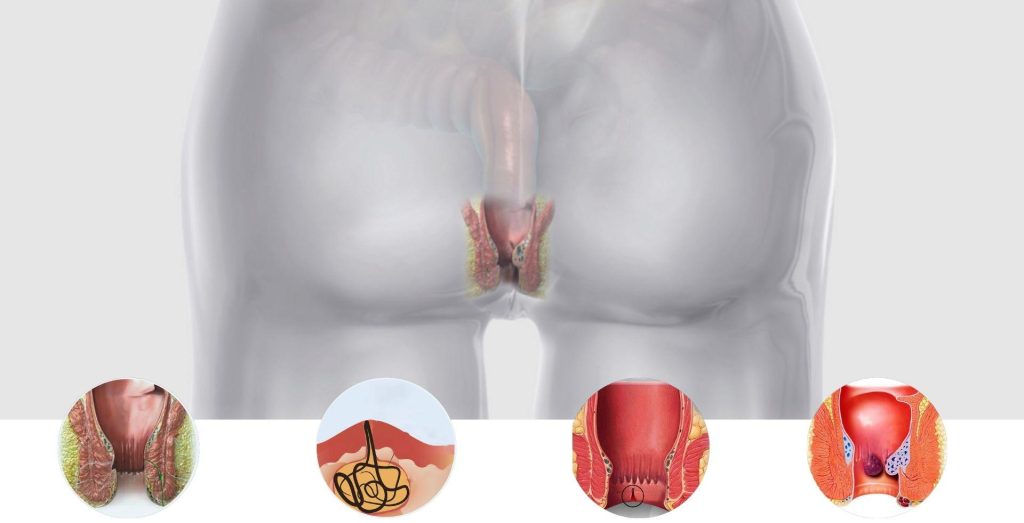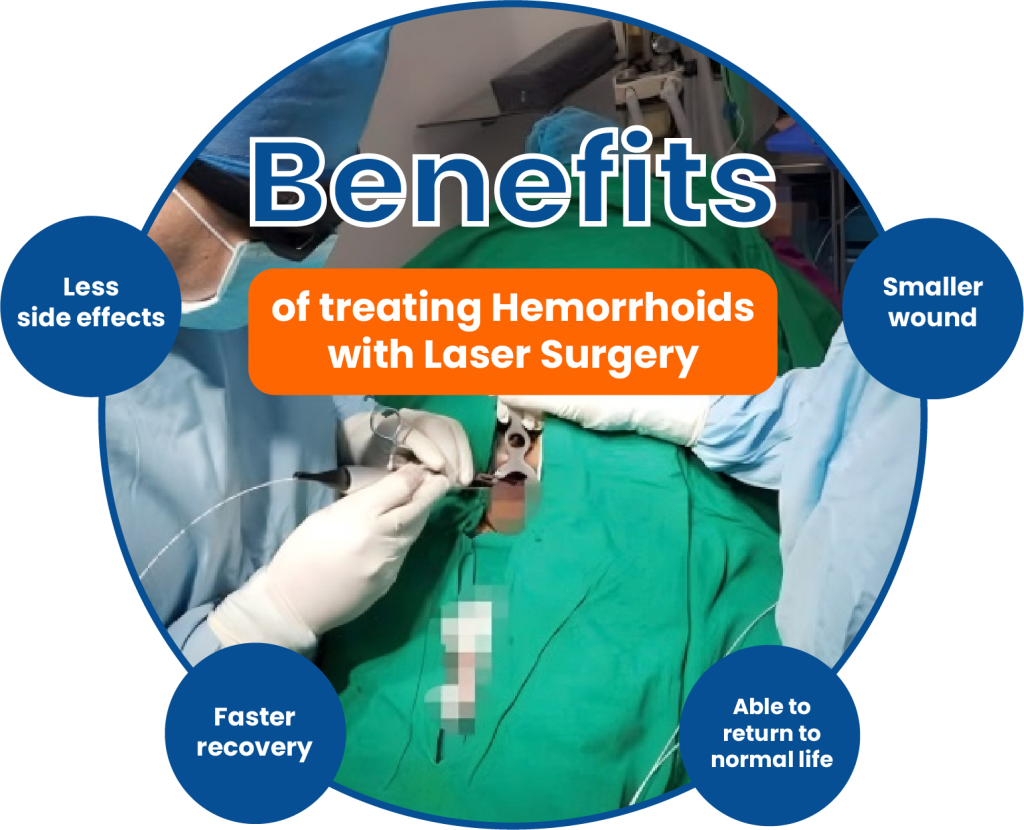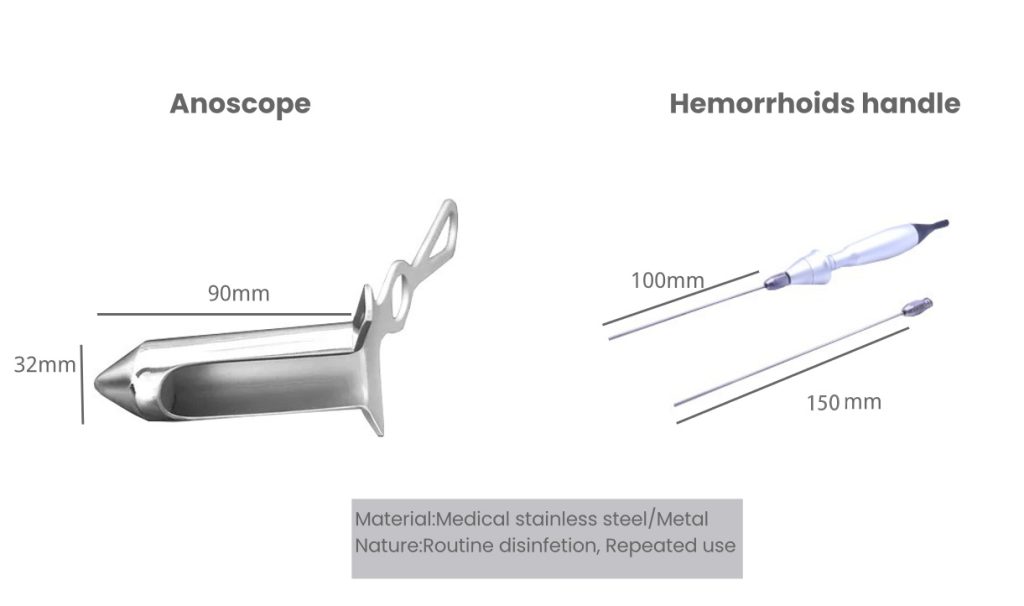- Home
- AFL Medical 12 In 1
- Facial Endo Laser Bodylift/Lipolysis Laser Treatment
- Physiotherapy Laser Treatment
- Spider Veins Removal
- Onychomycosis Laser Treatment
- EVLT Laser Treatment
- Proctology Laser Treatment
- ENT Laser Treatment
- Gynecology Laser Treatment
- Dentistry Laser Treatment
- PLDD Laser Treatment
- Surgery Laser Treatment
- Veterinary Laser Treatment
- Products
- 980nm 1470nm Diode laser machine
- 980nm 1470nm laser Accessories
- 808nm Laser hair removal machine
- Hair/Tattoo removal 2 in 1 machine
- Picosecond Q Swtich Tattoo Removal Laser
- Fractional Co2 laser machine
- Pico laser tattoo removal machine
- HIFU machine
- Plasma machine
- Body slimming machine
- Microneedle RF machine
- Video
- Service
- News
- About Us
- Send Inquiry
- Home
- AFL Medical 12 In 1
- Facial Endo Laser Bodylift/Lipolysis Laser Treatment
- Physiotherapy Laser Treatment
- Spider Veins Removal
- Onychomycosis Laser Treatment
- EVLT Laser Treatment
- Proctology Laser Treatment
- ENT Laser Treatment
- Gynecology Laser Treatment
- Dentistry Laser Treatment
- PLDD Laser Treatment
- Surgery Laser Treatment
- Veterinary Laser Treatment
- Products
- 980nm 1470nm Diode laser machine
- 980nm 1470nm laser Accessories
- 808nm Laser hair removal machine
- Hair/Tattoo removal 2 in 1 machine
- Picosecond Q Swtich Tattoo Removal Laser
- Fractional Co2 laser machine
- Pico laser tattoo removal machine
- HIFU machine
- Plasma machine
- Body slimming machine
- Microneedle RF machine
- Video
- Service
- News
- About Us
- Send Inquiry
















